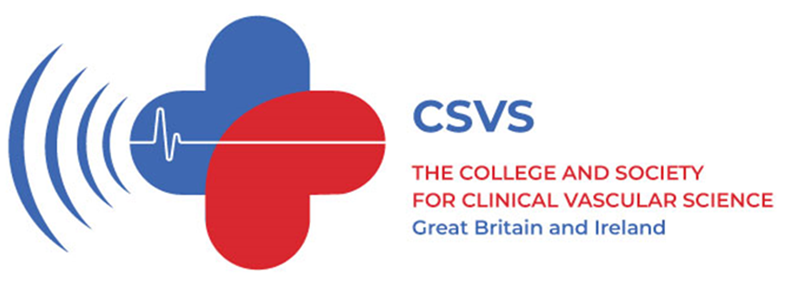research priorities
Research Priorities for Carotid Conditions: results of the UK Vascular James Lind Alliance Priority Setting Process
Background Fifteen percent of ischaemic strokes are thought to be caused by thrombotic or embolic carotid artery disease, and these carotid-related strokes are commonly fatal or disabling.1 Globally, carotid disease and specifically carotid stenosis affects an estimated 21.2% and 1.5%, respectively, of those aged 39–79 years.2 In 2016, 9.6 million cases of ischaemic stroke led…
Read MoreResearch priorities in diabetic foot disease
Introduction Diabetic foot disease is among a number of serious complications of diabetes mellitus.1 In the UK there are over 7,000 diabetes-related lower limb amputations each year.2 Diabetic foot ulceration (DFU) precedes diabetes-related lower limb amputations in 80% of cases, with studies reporting a prevalence of DFUs as between 1%3 and 2%4 in people living…
Read MoreResearch priorities for aortic diseases: results of the James Lind Alliance/Vascular Society GBI priority setting exercise
Background In the UK, aortic aneurysm affects approximately 4% or 80,000 men between the ages of 65 and 74 years.1 With a broad spectrum of rapidly evolving treatment options, advancing methods of management and investigation, many aspects of best clinical practice for aortic diseases are unknown.2 Aortic diseases are exemplified by aortic aneurysm, the most…
Read MoreResearch priorities for patients with peripheral arterial disease: a James Lind Alliance Priority Setting Partnership
Introduction Peripheral arterial disease (PAD) is an atherosclerotic process whereby the arteries supplying the lower limbs become narrowed or occluded. PAD is an increasingly common disease, estimated to affect 237 million people, with an increase of 45% between 2000 and 2015.1,2 The PAD spectrum is wide and ranges from asymptomatic, whereby the patient is often…
Read MoreResearch priorities for lower limb amputation in patients with vascular disease
Introduction Over 4,000 major lower limb amputations (MLLA) are performed per annum in the UK1 for end-stage lower limb arterial disease or profound foot sepsis. Amputation is a significant life event for patients and their carers/families. Although supported by recommendations for optimal practice,2 MLLA can be associated with high mortality and complication rates.3,4 The process…
Read More










